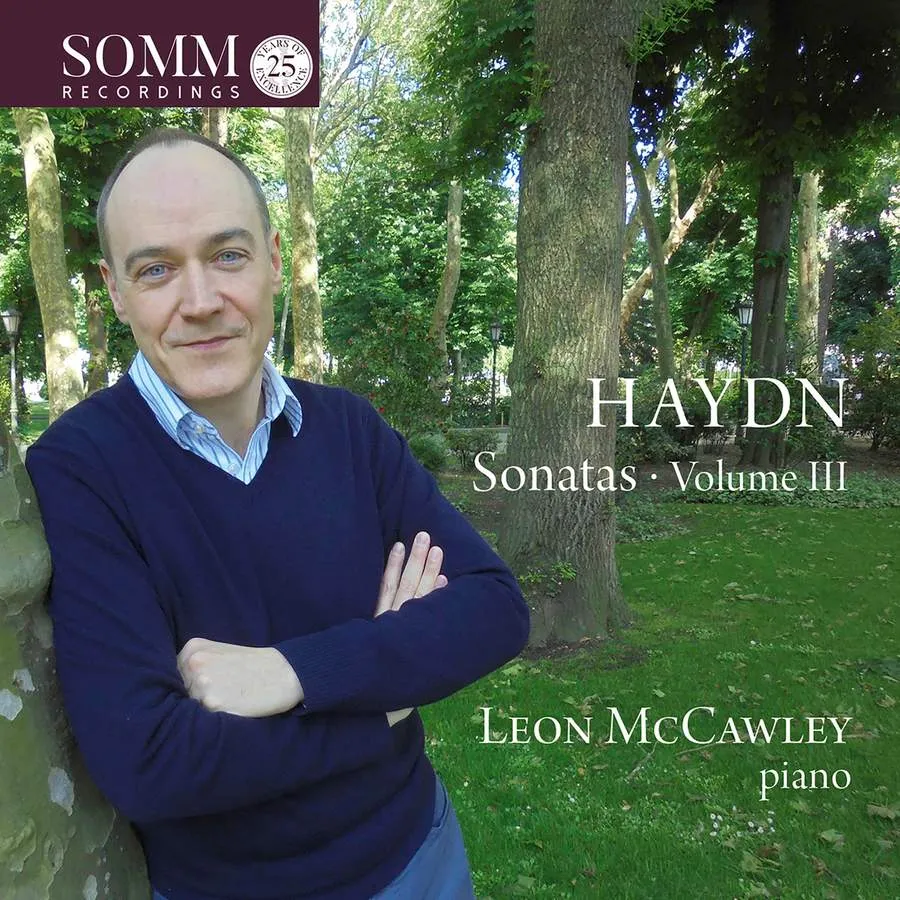
Haydn Sonatas, Vol. 3 – Piano Sonatas Nos 31, 32, 34, 38, 55 & 56 Leon McCawley (piano) SOMM Recordings SOMMCD0624 78:20 mins
Haydn buffs will of course be snapping up each volume of this ongoing series as it appears. Then again, if you’re wondering where to start exploring among the composer’s huge output of piano sonatas, the selection here, dating from Haydn’s years as an Esterházy family employee in Hungary, is an ideal introduction to his music at his engaging best. The four middle-period sonatas, written in the 1770s, show how Haydn evidently sensed that music written for a solo piano, rather than to order for Prince Nicholas Esterházy’s house orchestra, could free up his imagination in remarkable ways. For instance, there’s the idea of including a central, introspectively expressive minor-key slow movement in an otherwise outgoing major-key sonata (Nos 34 and 38 both contain beautiful examples). This became a standard method for Mozart, Beethoven and later composers, but it was arguably Haydn who first searched out its best possibilities.
The two later works here consist of two nuggetty movements each, with the Allegro di molto of No. 55 in B flat major looking strikingly ahead to the concentrated mastery of late Beethoven (as in, for instance, the A major Sonata, Op. 101). At every point, Leon McCawley’s playing is a likeable object-lesson in how to deliver livewire energy and thoughtful expression without extraneous point-making. And while he plays a modern concert grand rather than a period fortepiano, his use of middling-bright tone and spare, but not over-cautious pedalling both sound and feel exactly right for the music.
Read more reviews of the latest Haydn recordings here
Malcolm Hayes
